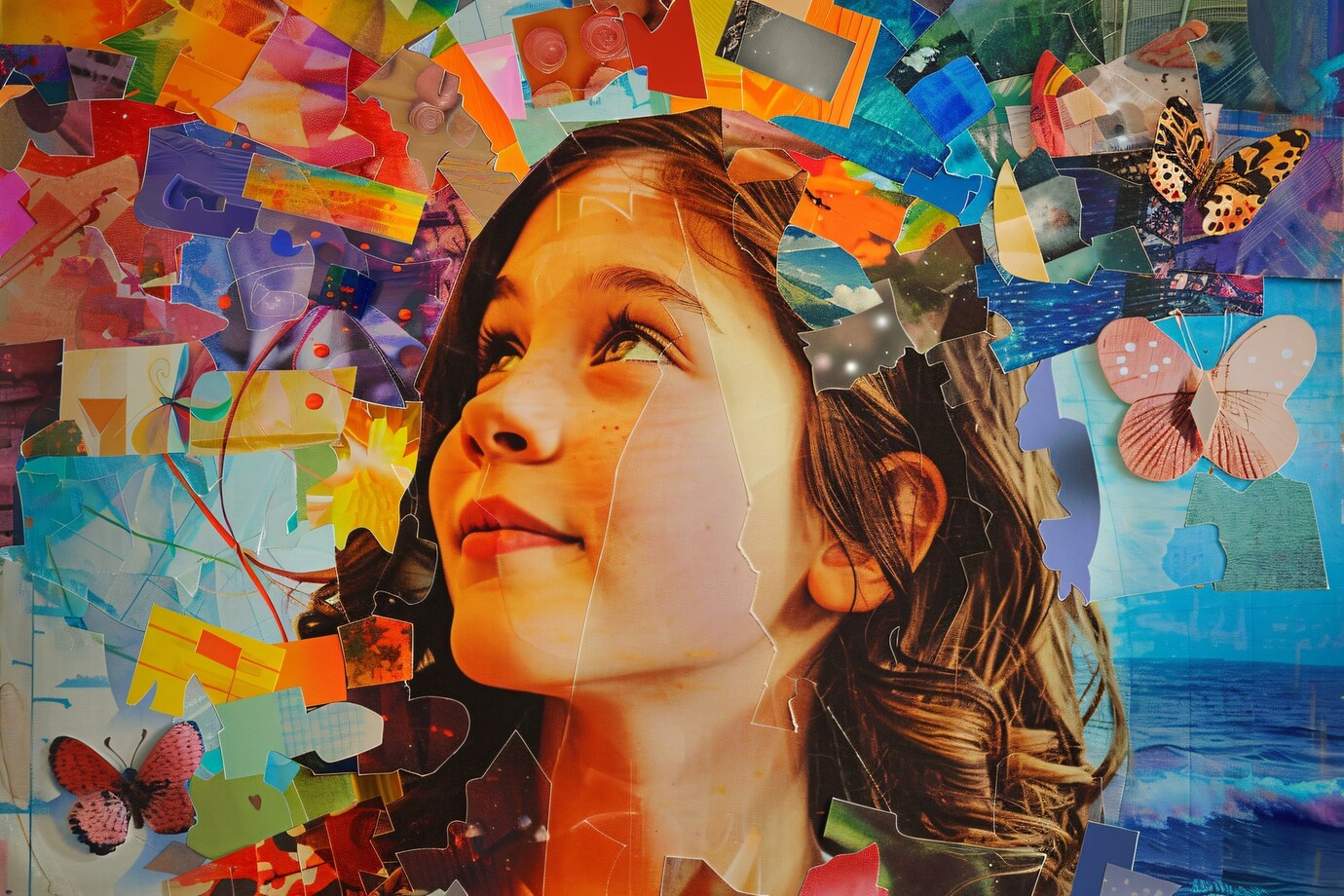We can't help learning.
Our brain weighs only 1 ½ kilos, but it consumes ten times more energy than the rest of the body; it’s a very expensive organ. It is the most complex device in the known universe. All our thoughts, hopes, and fears are stored in the neurons in our brain.
We take for granted things we do, like seeing, hearing, smelling, and running, but these activities are all much more complex than we think. We are not consciously aware of how our brains work. We are only aware of a very small fraction of all the activity in the brain, so we need to rely on brain imaging techniques to guide us.
There are a million billion synapses in our brain where memories are stored. New synapses are constantly being formed and others disappearing. We are not the same persons after a class or even after a nap. The brain is being updated all the time.
How Do We Learn?
We learn by making connections. At the biological level, the connections are between neurons, which grow stronger whenever we have a new experience. At the mental level, the connections form concepts when we associate one idea with another by memorizing or experiencing how objects and actions relate.
At the social level, the connections take the form of conversations, as we meet people and share ideas. The surprising fact is that we don’t need to push ourselves to make these connections—they come naturally. We can’t help learning. We do it all the time, when we take in something new, or when we respond in a different way to people or surroundings. So why does learning often seem so hard?
Learning becomes hard when we try to control that natural process; when we have to force ourselves to learn particular topics, such as revising for exams, or when we are told to learn specific facts and figures. Forcing ourselves to remember disconnected facts is not a natural way to learn.
Setting Up the Conditions to Learn
Setting up the conditions to learn usually means being relaxed and making appropriate connections.
What makes us different from other animals is that not only do we react to the changing world around us, but we also seek out new opportunities for learning and then discuss what we’ve learned with teachers and other learners. It’s by holding conversations that we make deeper and more abstract connections between concepts.
How Do We Learn a Foreign Language?
We learn it by understanding what we hear or read; that is what we call ‘comprehensible input’. The ability to produce language is the result of getting the right kind of input. Comprehensible input is language that can be understood by listeners even if they don’t fully comprehend all the vocabulary and grammar in use. Input is essential to acquisition, as it informs learners’ subconscious understanding of a language.
As Stephen Krashen has said, “We acquire language when we understand what people tell us, and understand what we read.”
Practice More Storytelling
In early foreign language classes, studies show that students learn more effectively through storytelling than through traditional study. Listening to a story creates a path to reading, which is key for language acquisition.
Allow Students to Read for Pleasure
“Self-selected reading is the source of most of our vocabulary, grammar, spelling, and the ability to write in an acceptable writing style,” notes Krashen. How can teachers encourage students to read for pleasure? By choosing reading material based on students’ cognitive level, age, and interests.
Encourage Students to Read Fiction
When it comes to language acquisition, fiction is the most beneficial form of input. Fiction (especially science fiction) has a wide range of vocabulary and is more enjoyable than academic texts. Traditional methods of language learning that stress grammar and vocabulary aren’t very appealing.
Conversing with Ourselves
We hold conversations with ourselves when we watch a video or read a text. We relate it to our previous knowledge and experiences, finding new information, solving problems, and being confronted with different and challenging viewpoints. Every time we say to ourselves “What does this mean?” or “Why are they saying this?” we are learning by reflective conversation.
By thinking about what we have just learned, and focusing on what’s new and important, we are making the long-term links between the neurons that form our memories. Most importantly, we learn by holding conversations with other people who can bring different but related perspectives. Having interesting discussions, either spoken or in writing, allows us to connect and understand facts, ideas, and experiences.
Each of us has a unique way of learning. There is no universal “best” learning method, but generally, we learn well when we set our own goals, make active choices about what we want and don’t want to learn, and think about what we have just learned and relate it to our existing knowledge. Most importantly, we learn well when we share and enjoy the experience!
